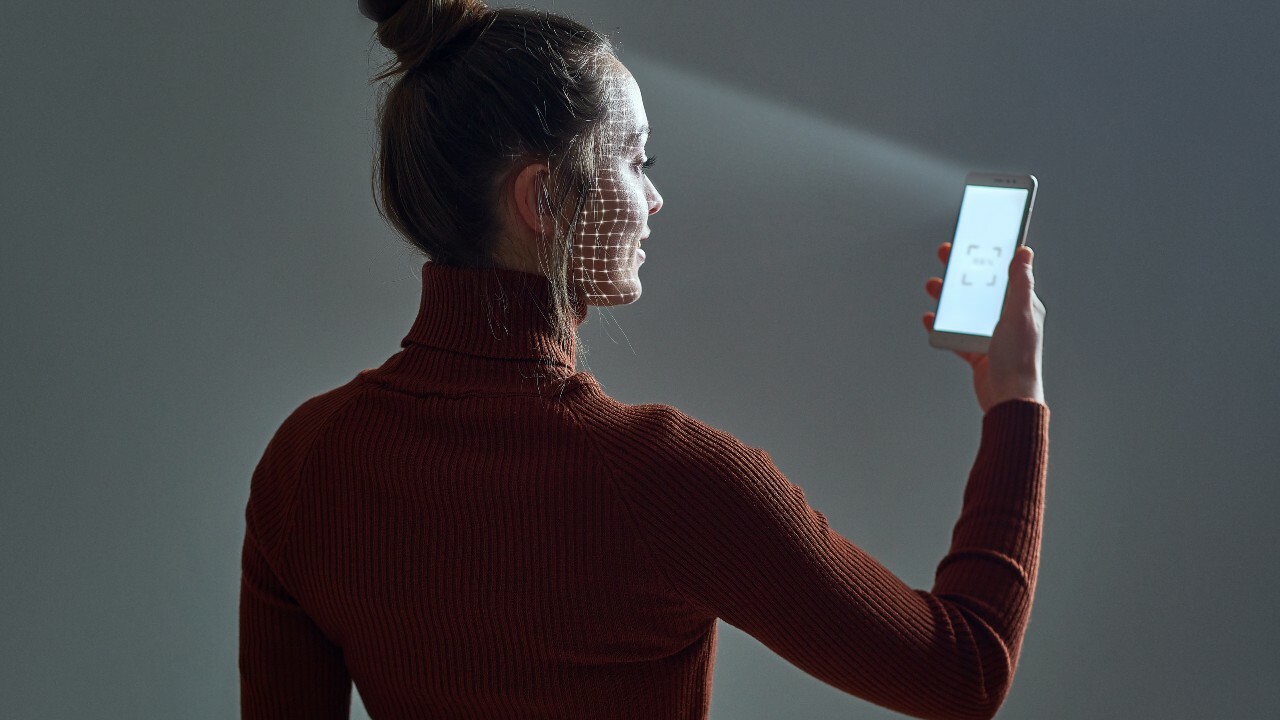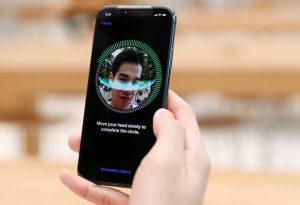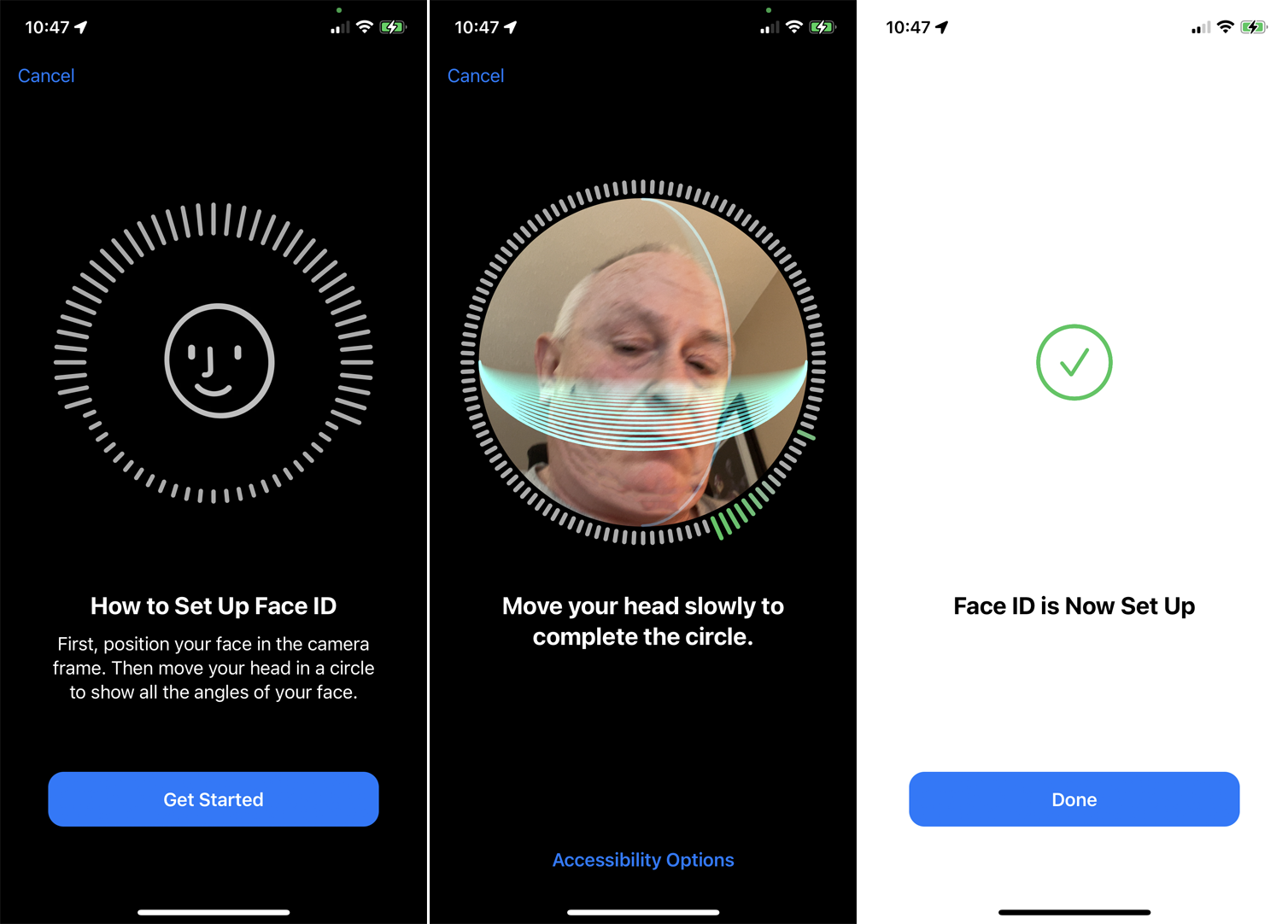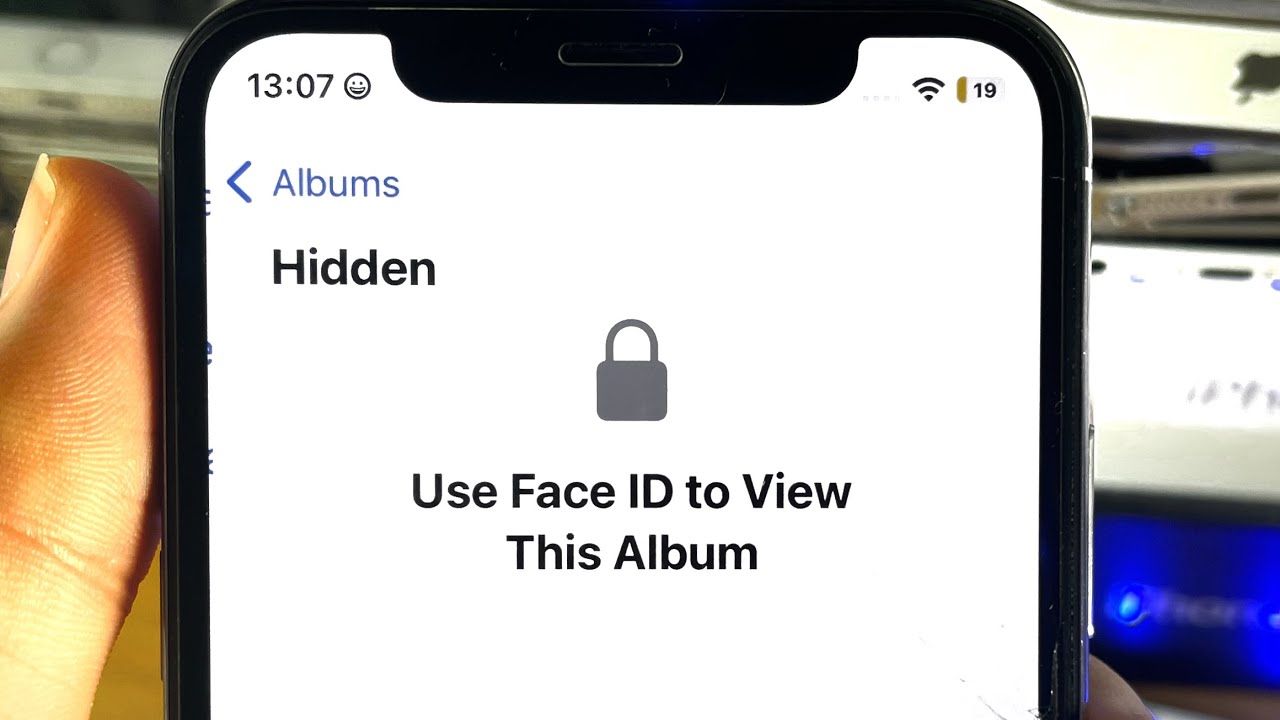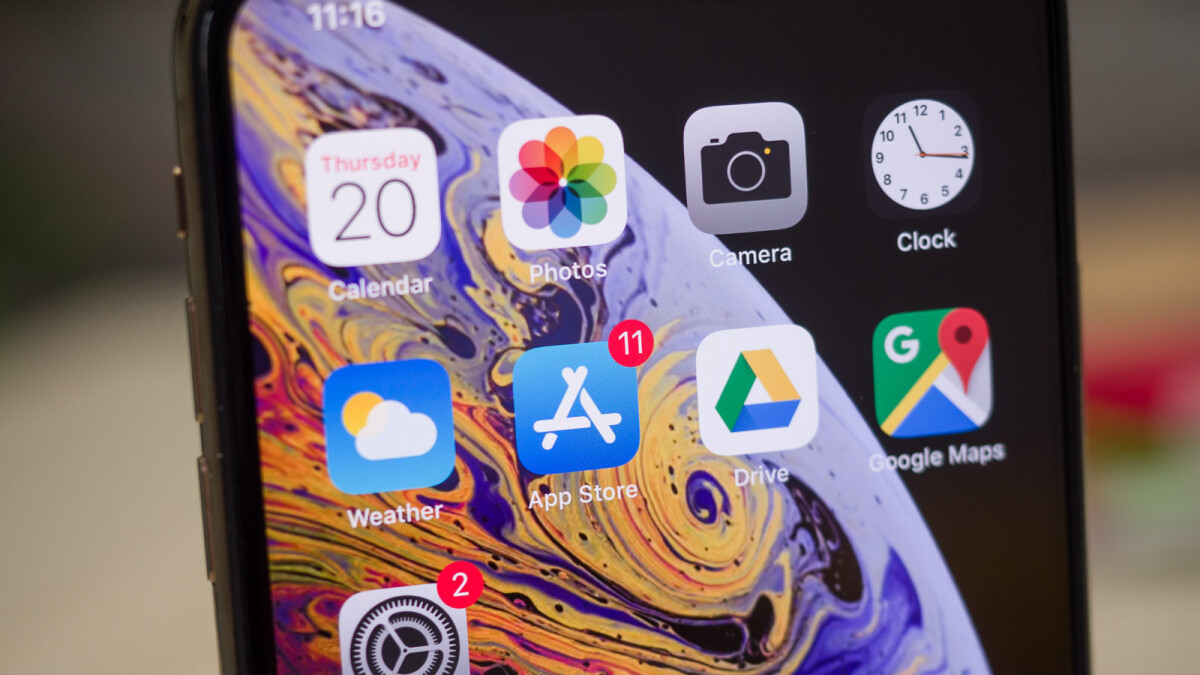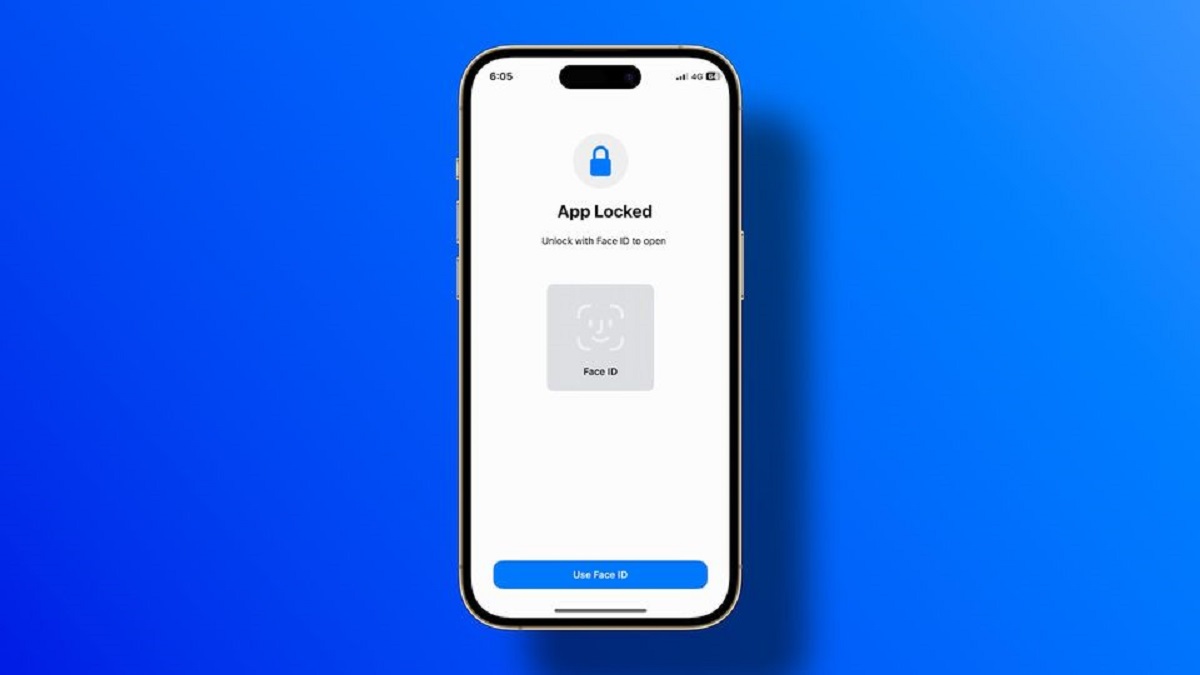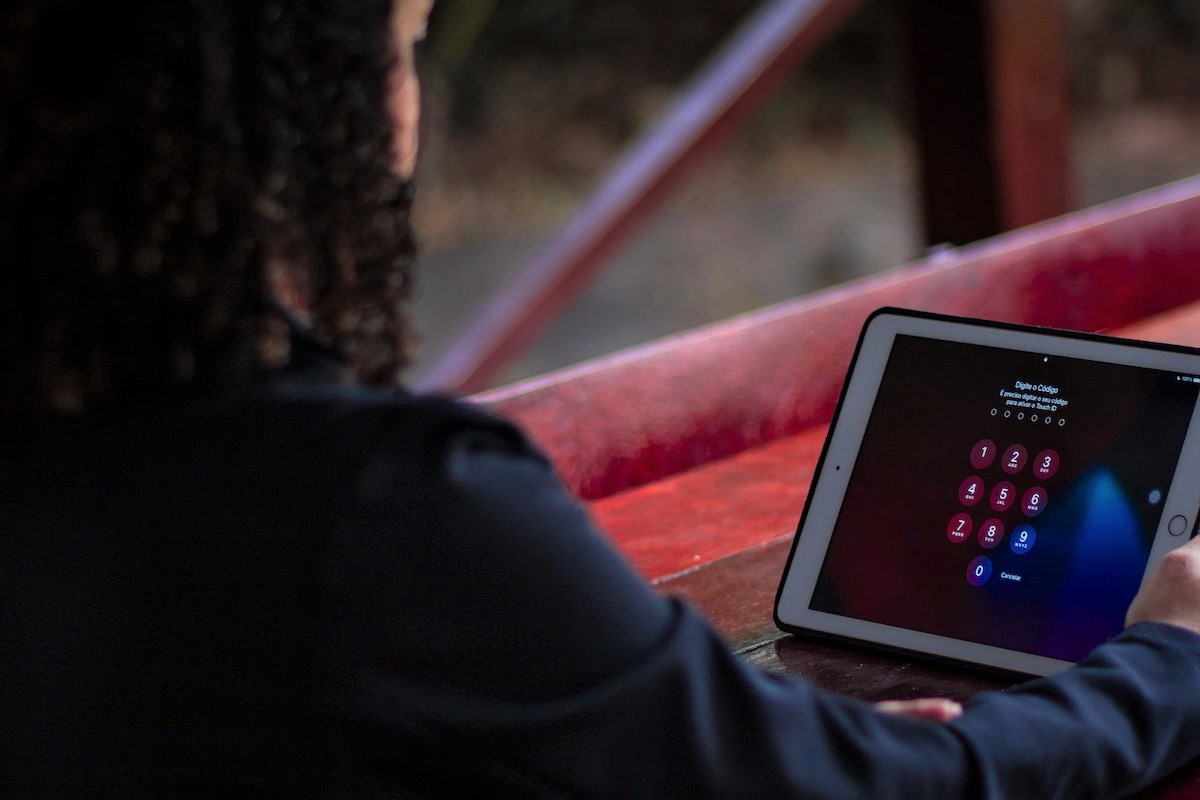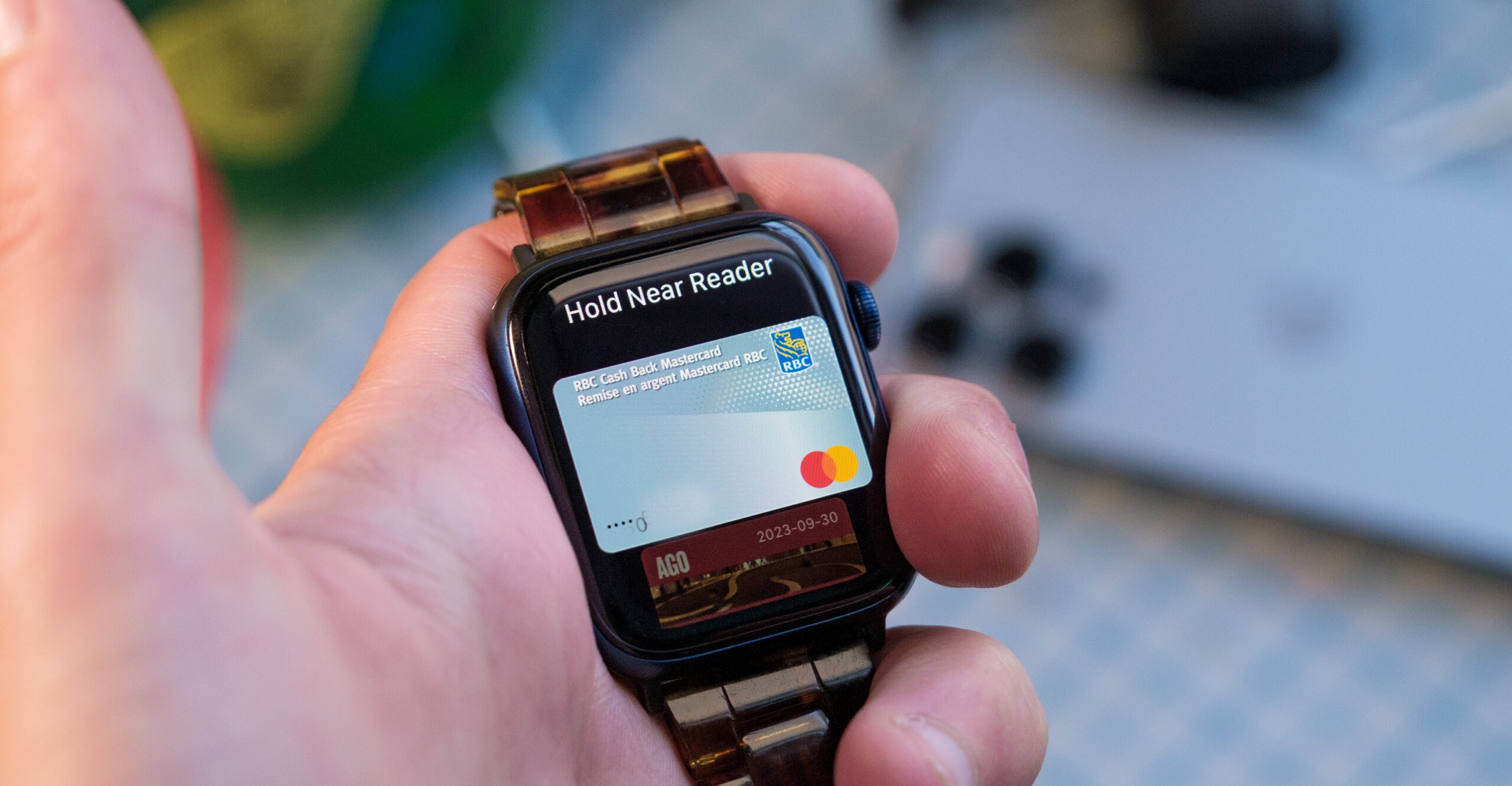Introduction
With the advent of modern technology, biometric authentication has become an integral part of our lives. One such innovation is Face ID, a facial recognition feature introduced by Apple on their iPhone devices. As technology advances, concerns about privacy and security arise. In this article, we will delve into the safety of Face ID and address common doubts and misconceptions.
Face ID revolutionized smartphone security by replacing traditional passcodes and fingerprint scanners. It utilizes a combination of infrared and dot projection technology, mapping and analyzing a user’s facial features to unlock the device. The process is quick, seamless, and convenient, making it a popular choice for iPhone users worldwide.
However, as with any new technology, questions regarding accuracy, security, and privacy arise. Are identical twins able to unlock each other’s devices? Can children or individuals with facial hair use Face ID without any issues? Is Face ID vulnerable to hacking or misuse by law enforcement? These are just a few inquiries that we will explore in this article.
By providing a comprehensive understanding of the technology, its limitations, and potential risks, we aim to give you a clear view of the safety and reliability of Face ID. It is important to note that while Face ID offers advanced security features, it is not infallible. Like any security measure, it has its strengths and weaknesses, which will be discussed in detail throughout this article.
How Face ID Works
At the heart of Face ID is Apple’s TrueDepth camera system, located at the top of the iPhone’s display. This system consists of several components, including an infrared camera, flood illuminator, and dot projector.
When you look at your iPhone, the flood illuminator emits infrared light, which helps create a detailed map of your face. The dot projector, on the other hand, projects a pattern of over 30,000 invisible dots onto your face. These dots help create a precise depth map of your facial features.
The infrared camera then captures this depth map, along with a 2D infrared image, and sends it to the Neural Engine, a powerful chip within the iPhone. The Neural Engine uses advanced algorithms to compare the captured facial data with the one stored during the initial setup process.
If the Neural Engine determines a match with a high degree of confidence, the iPhone is unlocked, and you gain access to your device. All of this happens in a fraction of a second, ensuring a seamless and secure user experience.
It’s worth noting that Face ID adapts to changes in your appearance over time. This means that factors like aging, facial hair growth, and even minor changes in hairstyle or wearing glasses will not affect Face ID’s performance. The technology continuously evolves and updates its facial recognition capabilities to enhance accuracy and adaptability.
Overall, the sophisticated combination of infrared imaging, dot projection, and AI algorithms allows Face ID to accurately recognize and authenticate your face, providing a secure and intuitive way to unlock your iPhone.
The Accuracy of Face ID
When it comes to biometric authentication, accuracy is a crucial factor to consider. Face ID boasts an impressive level of accuracy, making it a secure and reliable method for unlocking your iPhone.
Apple claims that the chance of a random person being able to unlock your iPhone with Face ID is approximately 1 in 1,000,000. This is significantly higher than the 1 in 50,000 chance of someone being able to unlock your iPhone using Touch ID, the previous fingerprint-based authentication system.
The high accuracy of Face ID can be attributed to the advanced technology employed in its implementation. The TrueDepth camera system captures and analyzes multiple data points on your face, such as the distance between your eyes, the contours of your nose and mouth, and the overall structure of your face.
Moreover, Face ID is designed to adapt to changes in your appearance over time. This means that even if you undergo subtle changes like growing a beard, wearing glasses, or applying makeup, Face ID will still be able to recognize you and unlock your device.
However, it’s important to note that there are certain limitations to Face ID’s accuracy. For example, in low light or extremely bright lighting conditions, the TrueDepth camera system may struggle to capture accurate facial data. Additionally, certain accessories or clothing items, such as scarves or hats that cover a substantial portion of your face, may hinder Face ID’s ability to unlock your device.
While the accuracy of Face ID is commendable, it is not entirely foolproof. There have been some reported cases of false positives or false negatives, where Face ID either unlocks for someone other than the intended user or fails to recognize the authorized user. However, these instances are relatively rare and are usually due to exceptional circumstances or user-specific factors.
Overall, the accuracy of Face ID is high, offering a robust and dependable means of unlocking your iPhone. However, it’s essential to be aware of the occasional limitations and ensure that you use other security measures, such as a strong passcode, to further enhance the security of your device.
Face ID and Identical Twins
One intriguing question that arises when discussing the accuracy of Face ID is whether it can differentiate between identical twins. Identical twins share nearly identical facial features, making it a valid concern for those who have a twin sibling.
While Face ID is designed to analyze subtle details of a person’s face for accurate recognition, it may face challenges with identical twins. Apple acknowledges that there is a possibility for identical twins to bypass Face ID and unlock each other’s iPhones.
This occurs because Face ID relies on intricate facial mappings and patterns to distinguish between individuals. Although identical twins may have many similarities in their faces, they still have subtle differences that can be picked up by Face ID. These differences may include variations in freckles, moles, or slight variations in face shape or structure.
However, it’s essential to note that the likelihood of an identical twin successfully unlocking another twin’s iPhone with Face ID is relatively low. While they may share a significant number of facial features, they are not identical in every aspect. Face ID incorporates advanced machine learning algorithms that are constantly evolving and improving to enhance its accuracy and reliability.
If you have an identical twin and are concerned about the potential for unauthorized access to your iPhone, it may be advisable to use an additional security measure such as a strong passcode. This will provide an extra layer of protection and ensure that your device remains secure even in situations where Face ID may encounter difficulties in distinguishing between twins.
Overall, while Face ID may face challenges with identical twins, the probability of unauthorized access is relatively low. The technology continues to improve its accuracy and adaptability, making it an effective security measure for the majority of users.
Face ID and Children
Face ID has become an essential feature on iPhones, providing a secure and convenient way to unlock devices. However, when it comes to children, there may be concerns about the effectiveness and safety of using Face ID for authentication.
Apple designed Face ID to work for individuals who are at least 13 years old. This age restriction is in place to ensure that the technology functions optimally for individuals with fully developed facial features. While it is possible for younger children to set up Face ID on their devices, it may not provide the same level of accuracy and reliability as it does for older individuals.
Children’s facial features can change rapidly as they grow, which could pose challenges for Face ID’s algorithms. Additionally, young children may not fully understand how to position their faces correctly for Face ID to capture accurate data. As a result, there may be instances where Face ID may not recognize a child’s face consistently or may require them to reposition their face multiple times before unlocking the device.
It’s worth mentioning that older children, especially those in their teenage years, may have more stable facial features, making Face ID more effective for them. However, it’s still important to consider the individual child’s facial development and readiness before relying solely on Face ID for device authentication.
If you wish to provide your child with access to your iPhone, it may be more appropriate to use other security measures, such as a passcode or parental controls. These alternatives can provide a reliable and secure way for children to interact with the device without relying solely on Face ID’s facial recognition technology.
As children grow and their facial features become more defined, it is likely that Face ID will be capable of providing accurate and reliable authentication for younger individuals. Until then, it is advisable to use other security measures in conjunction with Face ID to ensure the safety and integrity of your child’s access to your iPhone.
Face ID and Facial Hair
One common question that arises regarding the accuracy and reliability of Face ID is how it performs with individuals who have facial hair. Whether it’s a full beard, stubble, or a mustache, facial hair can alter a person’s appearance, raising concerns about the effectiveness of Face ID for authentication.
Apple designed Face ID to accommodate variations in facial hair. The advanced technology used in the TrueDepth camera system can analyze the underlying facial structure and adapt to changes caused by the presence of facial hair.
Face ID works by mapping and analyzing specific facial features, such as the distance between the eyes, the contours of the nose and mouth, and the overall structure of the face. While the presence of facial hair can introduce slight variations to these features, Face ID can still accurately recognize the individual.
It is important to note that the accuracy of Face ID with facial hair can vary depending on the amount and style of facial hair. In general, substantial changes to your facial hair, such as shaving off a full beard or growing one unexpectedly, may require you to retrain Face ID to adapt to the new appearance.
If you regularly change your facial hair style, it is recommended to enroll multiple appearances in Face ID. This way, Face ID will be able to recognize and authenticate you regardless of your current facial hair configuration.
However, it is worth mentioning that extreme changes in facial hair, such as significant growth or removal, may temporarily affect Face ID’s accuracy. During such transitions, you may experience instances where authentication with Face ID may require retrying or using an alternate method, such as entering a passcode.
Overall, Face ID is designed to handle variations in facial hair and can adapt to changes over time. It offers a reliable and convenient method of authentication, even for individuals with different facial hair configurations. However, if you frequently undergo drastic changes in facial hair, it may be necessary to retrain Face ID or use alternative authentication methods to ensure consistent and accurate recognition.
The Security of Face ID
When it comes to biometric authentication, security is of utmost importance. Face ID incorporates several layers of security measures to protect your data and ensure the integrity of your device.
One of the key security features of Face ID is that it uses a secure enclave within the iPhone’s processor to store and process facial data. This ensures that your facial information remains encrypted and protected from unauthorized access.
Additionally, unlike traditional fingerprints or passcodes that can potentially be forgotten or shared, your face is unique and cannot be easily replicated or stolen. This adds an extra layer of security, as an unauthorized user would need physical access to your face to bypass Face ID.
Face ID also benefits from an advanced anti-spoofing mechanism. It employs infrared imaging and dot projection technology to differentiate between real faces and masks or photographs, making it significantly more secure than previous facial recognition systems.
Another security feature of Face ID is that it automatically adapts to changes in your appearance, such as aging or minor cosmetic adjustments. This ensures that even as you naturally evolve over time, Face ID will still be able to recognize and authenticate you successfully.
It’s essential to note that Apple has taken privacy concerns seriously when implementing Face ID. The facial data captured by the TrueDepth camera system is processed and stored locally on your device, and it is not accessible to Apple or any third parties. This means that your facial information remains within the confines of your iPhone and is not transmitted or stored on external servers.
Overall, Face ID offers a high level of security for authenticating your iPhone. Its combination of secure enclave storage, anti-spoofing technology, and privacy-focused implementation makes it a reliable and robust security measure. It provides users with peace of mind, knowing that their sensitive data and personal information are safeguarded and protected.
Face ID and Hackers
As with any security measure, there are concerns about the potential for hackers to bypass or exploit Face ID. However, the implementation of Face ID includes several features and measures to ensure a high level of protection against hacking attempts.
One of the primary concerns regarding Face ID is the possibility of someone using a photograph or a mask to trick the system. Apple has implemented advanced anti-spoofing technology to address this concern. The TrueDepth camera system uses infrared imaging and dot projection to create a detailed depth map of your face, making it incredibly difficult for hackers to replicate and fool the system with 2D images or masks.
Attempts to deceive Face ID with photographs or masks often fail due to the technology’s ability to detect depth and irregularities that are not present in static images. Face ID requires the presence of liveliness cues, such as eye movement and subtle facial muscle movements, to authenticate an individual’s face.
Additionally, Face ID is designed to improve its resistance to hacking attempts over time as it learns from new patterns and vulnerabilities. Apple regularly releases software updates that include improvements to Face ID’s security, ensuring that it remains at the forefront of biometric authentication technology.
It is worth mentioning that while Face ID provides a high level of security, there is always the possibility of determined hackers finding creative ways to exploit any system. However, the level of effort and specialized resources required to bypass Face ID significantly limits the likelihood of such attacks.
Furthermore, it is important to note that in most cases, hackers seeking unauthorized access to an iPhone are more likely to employ methods that involve exploiting software vulnerabilities or social engineering techniques rather than attempting to fool Face ID.
While Face ID provides robust protection against most hacking attempts, it’s essential to maintain good security practices. Regularly updating your device with the latest software updates, using strong and unique passcodes, and being cautious of suspicious links or requests can further enhance the overall security of your iPhone.
Overall, Face ID is designed with a strong focus on security, incorporating advanced anti-spoofing measures and continuous updates to stay ahead of potential hacking attempts. While no security system is infallible, the combination of these features makes Face ID a reliable and effective means of securing your device from unauthorized access.
Face ID and Law Enforcement
As biometric authentication becomes more prevalent, questions about the interaction between Face ID and law enforcement arise. Concerns often revolve around whether law enforcement agencies can compel individuals to unlock their iPhones using Face ID or access their facial data without their consent.
Apple has taken steps to protect the privacy and security of its users when it comes to law enforcement requests. With Face ID, the facial data captured by the TrueDepth camera system is securely stored on the device itself and not accessible to Apple. This means that Apple does not have the capability to unlock or access a user’s iPhone using Face ID data, even in response to a lawful request.
Furthermore, Face ID is designed to require an individual’s attention and actively look at the device for authentication. This means that law enforcement would not be able to unlock an individual’s iPhone using Face ID without their cooperation, as it requires the deliberate act of directing attention towards the device and making eye contact.
It’s important to note that there have been cases where law enforcement has used other means to gain access to an individual’s iPhone, such as biometric information obtained through a court order or a fingerprint obtained with the individual’s consent. However, Face ID specifically relies on the user’s attention, making it more difficult for law enforcement to compel an individual to unlock their device using this biometric method.
While the protection offered by Face ID against law enforcement access is robust, it’s still essential to be aware of your legal rights and consult with legal professionals when faced with such situations. Laws regarding compelled device access and biometrics can vary by jurisdiction, and it’s critical to understand your rights and obligations within your specific legal context.
Apple and other technology companies continue to improve the security and privacy features of their products, including working towards ensuring the privacy rights of their users when faced with government requests. This ongoing commitment helps to maintain a delicate balance between user privacy and legitimate law enforcement concerns.
Overall, Face ID provides users with an additional layer of protection against unwarranted access to their device by law enforcement. The secure storage of facial data on the device, the requirement for attention during authentication, and Apple’s commitment to user privacy work together to safeguard users’ data and ensure that their iPhones remain secure.
Privacy Concerns with Face ID
As with any technology that involves personal biometric data, there are valid privacy concerns surrounding the use of Face ID. These concerns stem from the collection and storage of facial data, as well as the potential for misuse or unauthorized access.
One of the primary concerns is the storage and use of facial data by Apple or potential third-party entities. Apple has made it clear that the facial data captured by Face ID is securely stored on the device itself in the secure enclave, a dedicated chip within the iPhone’s processor. This means that the facial data is not accessible to Apple or any external parties, providing a high level of privacy and security.
However, it’s worth noting that while Apple does not have access to the facial data, there may still be concerns about how the data is used within the iPhone ecosystem. For example, some individuals worry that facial data captured by Face ID may be used for targeted advertising or shared with other apps or services without their knowledge or consent. Apple has implemented strict privacy policies to address these concerns and is transparent about how facial data is utilized within its ecosystem.
In addition, there are questions surrounding the potential for unauthorized access to facial data stored on the device. While Face ID is designed to be secure, there is always a theoretical risk of hackers finding vulnerabilities or developing methods to bypass the authentication system and gain access to the facial data. However, the security measures implemented by Apple, including the use of dedicated hardware and advanced algorithms, significantly mitigate these risks.
Moreover, users have control over how their facial data is shared with apps or services on their device. Face ID requires explicit user consent for apps to access facial data, and users can manage and revoke these permissions in their device settings. This adds an extra layer of control and protection for users, ensuring that their facial data is not misused or accessed without their knowledge.
Overall, while privacy concerns are valid when it comes to Face ID, Apple has implemented strong privacy measures to safeguard user data. Facial data is stored securely on the device, and users have control over how and where it is used. The dedicated hardware and stringent privacy policies work together to protect the privacy and personal information of Face ID users.
Conclusion
Face ID is a remarkable innovation that has transformed the way we authenticate ourselves on our iPhones. It offers a secure, convenient, and intuitive method for unlocking devices using facial recognition technology. Throughout this article, we have explored various aspects of Face ID, including its accuracy, its performance with different factors such as identical twins, children, and facial hair, its security features, and potential privacy concerns.
It is evident that Face ID is highly accurate, with a low probability of false positives and false negatives. It adapts to changes in appearance and provides a reliable means of authentication for the majority of users. While there may be challenges with factors like identical twins or young children, Apple continues to refine and improve Face ID to ensure its effectiveness for a wide range of users.
When it comes to security, Face ID incorporates advanced anti-spoofing measures and encryption to protect users’ facial data. It also offers strong resistance against hacking attempts, thanks to the intricate technology and algorithms employed in its implementation. Additionally, Apple’s commitment to user privacy ensures that facial data remains securely stored on the device and is not accessible to Apple or external parties.
Privacy concerns surrounding Face ID are addressed through clear policies and user control over facial data access. Apple provides transparency regarding the use of facial data and empowers users to manage permissions and protect their privacy within the iOS ecosystem.
In conclusion, Face ID is a powerful and secure authentication method that offers convenience and peace of mind to iPhone users. While not without its limitations and potential risks, Face ID continues to redefine the standards of biometric authentication and remains at the forefront of technology in terms of accuracy, security, and privacy.







